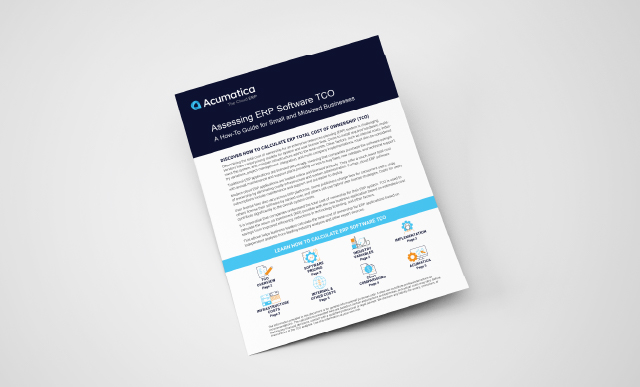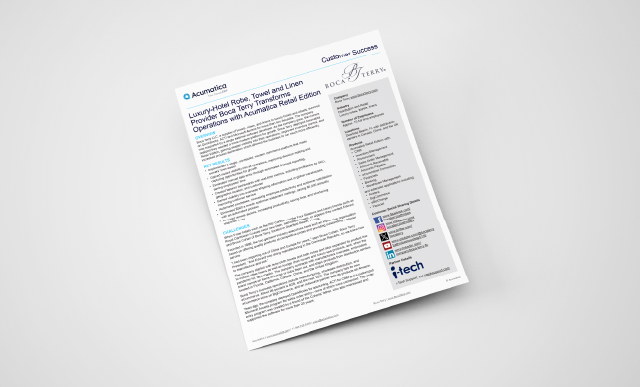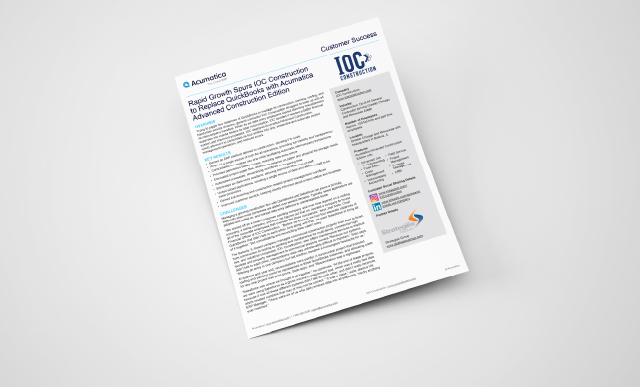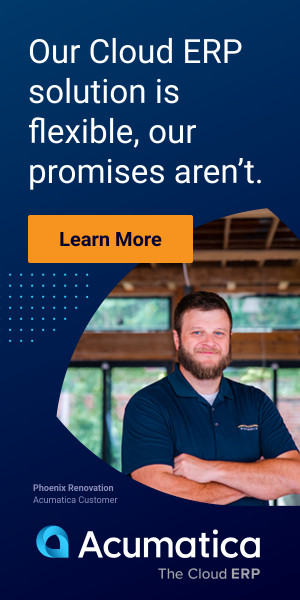A comprehensive guide for small and midsized businesses on calculating the total cost of ownership (TCO) for ERP systems. It highlights the challenges of determining TCO due to varied pricing models, infrastructure requirements, and implementation costs. Traditional ERP systems are licensed perpetually, while modern cloud ERP applications are hosted online and licensed annually, offering lower TCO by eliminating costly infrastructure and system administration. The document emphasizes the importance of understanding software pricing, implementation costs, infrastructure costs, and internal expenses. It also discusses industry-specific considerations and provides cost comparisons between perpetual on-premises and cloud SaaS deployments.
Assessing ERP Software TCO






